3,4-Dimethoxyhydrocinnamic acid
Synonym(s):3,4-Dimethoxyhydrocinnamic acid
- CAS NO.:2107-70-2
- Empirical Formula: C11H14O4
- Molecular Weight: 210.23
- MDL number: MFCD00002774
- EINECS: 218-288-3
- SAFETY DATA SHEET (SDS)
- Update Date: 2025-01-27 09:38:02
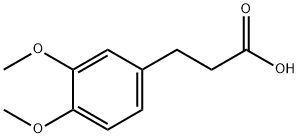
What is 3,4-Dimethoxyhydrocinnamic acid?
Chemical properties
Slightly beige crystalline powder
The Uses of 3,4-Dimethoxyhydrocinnamic acid
3-(3,4-Dimethoxyphenyl)propanoic Acid is one of the novel circulating coffee metabolites in human plasma.
The Uses of 3,4-Dimethoxyhydrocinnamic acid
3-(3,4-Dimethoxyphenyl)propionic acid was used in screening of short-chain fatty acid derivatives for the ability to induce γ globin gene expression in reporter assays and erythropoiesis in vivo.
Definition
ChEBI: A monocarboxylic acid that is propanoic acid substituted by a 3,4-dimethoxyphenyl group at position 3.
General Description
3-(3,4-Dimethoxyphenyl)propionic acid (3,4-Dimethoxyhydrocinnamic acid) forms complex with copper (II).
Properties of 3,4-Dimethoxyhydrocinnamic acid
| Melting point: | 96-97 °C(lit.) |
| Boiling point: | 309.75°C (rough estimate) |
| Density | 1.1922 (rough estimate) |
| refractive index | 1.5384 (estimate) |
| storage temp. | Sealed in dry,Room Temperature |
| solubility | DMSO, Water |
| form | Crystalline Powder |
| pka | 4.71±0.10(Predicted) |
| color | Slightly beige |
| BRN | 2696272 |
| CAS DataBase Reference | 2107-70-2(CAS DataBase Reference) |
| NIST Chemistry Reference | 3-(3,4-Dimethoxyphenyl)-propionic acid(2107-70-2) |
Safety information for 3,4-Dimethoxyhydrocinnamic acid
| Signal word | Warning |
| Pictogram(s) |
 Exclamation Mark Irritant GHS07 |
| GHS Hazard Statements |
H315:Skin corrosion/irritation H319:Serious eye damage/eye irritation H335:Specific target organ toxicity, single exposure;Respiratory tract irritation |
| Precautionary Statement Codes |
P261:Avoid breathing dust/fume/gas/mist/vapours/spray. P304+P340:IF INHALED: Remove victim to fresh air and Keep at rest in a position comfortable for breathing. P305+P351+P338:IF IN EYES: Rinse cautiously with water for several minutes. Remove contact lenses, if present and easy to do. Continuerinsing. P405:Store locked up. |
Computed Descriptors for 3,4-Dimethoxyhydrocinnamic acid
| InChIKey | LHHKQWQTBCTDQM-UHFFFAOYSA-N |
New Products
3-Iodophenylacetic acid 3-Pyridineacetonitrile, α-hydroxy- 2-Propanamine, 1-chloro-, hydrochloride (9CI) 3-(hexyloxy)-4-(pyridin-3-yl)-1,2,5-thiadiazole 2-Hexyn-1-ol Dibenzo-18-crown-6 Nickel(II) perchlorate hexahydrate, 98% 4-Bromophenylacetonitrile, 95% 3-Bromo-4-fluoroaniline, 97% Sodium tetraborate decahydrate, 98% Palladium(II) acetate, trimer, Pd 99% 4-Bromo-2-chlorotoluene, 97% N N Dimethylformamide Dimethyl Acetal (Dmf Dma) 2,3-Dichloro Benzoyl Cyanide [Side Chain] Bis(2-Chloroethyl) Amine Hydrochloride L-Glutamic Acid Diethyl Ester Hydrochloride 5-(Difluoromethoxy)-2-Mercaptobenzimidazole 1-Ethyl-3-(3-Dimethylaminopropyl)-Carbodiimide Hydrochloride [EDC Hcl] 1,4-Napthoquinone Bromoiodomethane Sodium Bicarbonate Methylene Dichloride (MDC) Ethyl Acetate Indole-3-Carbinol (I3C)Related products of tetrahydrofuran
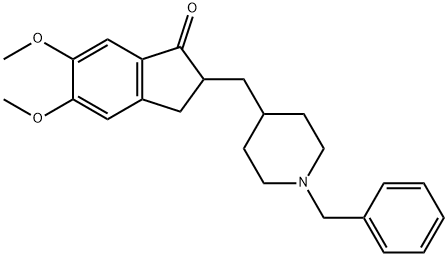
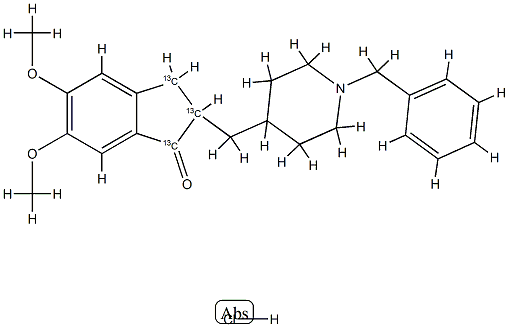
![1H-Inden-1-one, 2-[2-ethyl-4-[(phenylmethyl)amino]butyl]-2,3-dihydro-5,6-dimethoxy-](https://img.chemicalbook.in/CAS/20200611/GIF/958633-84-6.gif)
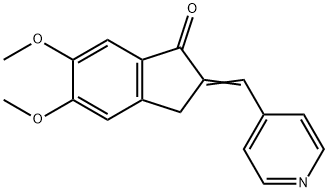
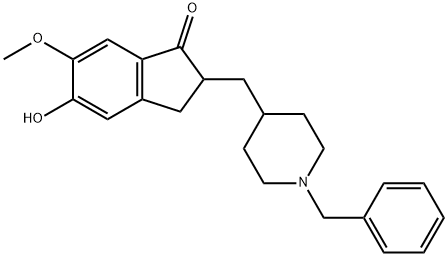
![2-[(E)-(1-BENZYL-4-PIPERIDINYL)METHYLIDENE]-5,6-DIMETHOXY-1-INDANONE](https://img.chemicalbook.in/CAS/GIF/145546-80-1.gif)
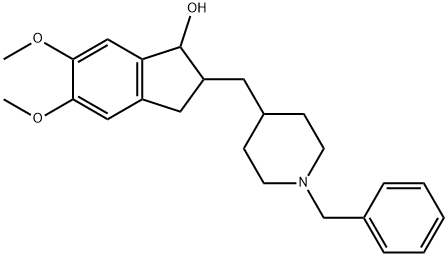
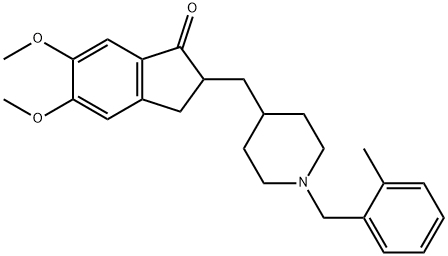
You may like
-
 2107-70-2 98%View Details
2107-70-2 98%View Details
2107-70-2 -
 3-(3,4-Dimethoxyphenyl)-propionic acid 99%View Details
3-(3,4-Dimethoxyphenyl)-propionic acid 99%View Details
2107-70-2 -
 3-(3, 4-Dimethoxyphenyl)propionic acid, 99% CAS 2107-70-2View Details
3-(3, 4-Dimethoxyphenyl)propionic acid, 99% CAS 2107-70-2View Details
2107-70-2 -
 3-(3,4-Dimethoxyphenyl)propionic Acid CAS 2107-70-2View Details
3-(3,4-Dimethoxyphenyl)propionic Acid CAS 2107-70-2View Details
2107-70-2 -
 17604-74-9 3-Pyridineacetonitrile, α-hydroxy- 98+View Details
17604-74-9 3-Pyridineacetonitrile, α-hydroxy- 98+View Details
17604-74-9 -
 Cyclohexane, (2-propynyloxy)- 67967-07-1 98+View Details
Cyclohexane, (2-propynyloxy)- 67967-07-1 98+View Details
67967-07-1 -
 3-Iodophenylacetic acid 1878-69-9 98+View Details
3-Iodophenylacetic acid 1878-69-9 98+View Details
1878-69-9 -
 132945-75-6 (S)-1-Boc-3-methanesulfonyloxy-pyrrolidine 98+View Details
132945-75-6 (S)-1-Boc-3-methanesulfonyloxy-pyrrolidine 98+View Details
132945-75-6
Statement: All products displayed on this website are only used for non medical purposes such as industrial applications or scientific research, and cannot be used for clinical diagnosis or treatment of humans or animals. They are not medicinal or edible.
